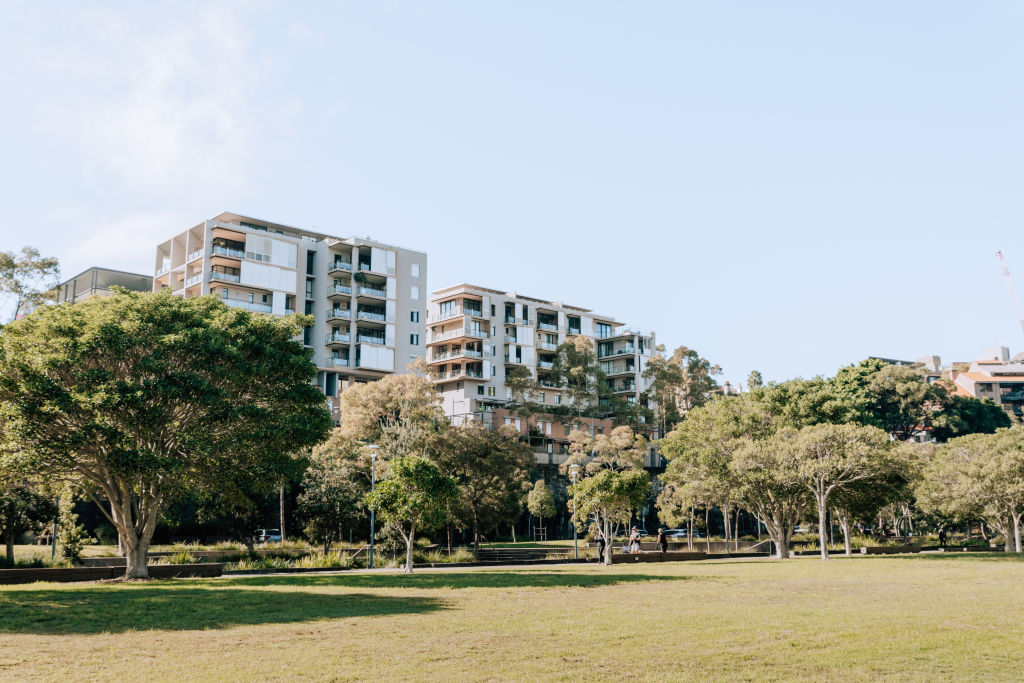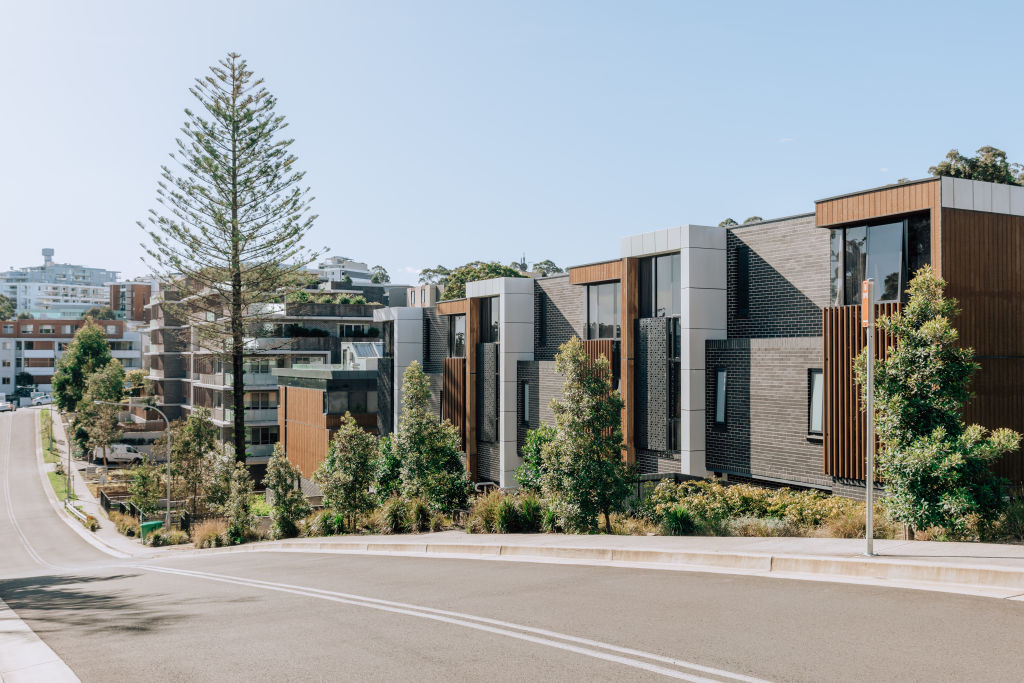Is this government incentive able to solve Australia's housing supply issues?

The right-sizing trend could soon kick up a gear with the federal government initiative to give downsizing older Australians a two-year assets test exemption, as well as a planned reduction in the threshold age from 60 to 55 announced in the budget.
The bill, which had its second reading in the Senate on October 25, will give this cohort more time to sort out their finances and move home before their pensions are reduced, incentivising them to free up their big empty-nester properties for younger families.
“It is a challenge to persuade older generations in big homes that are no longer suitable for them to downsize and increase the housing stock for others,” says Ray White chief economist Nerida Conisbee.
“There can be lots of reasons they may not want to leave their family home – emotional ties, wanting to stay in the neighbourhood and there aren’t townhouses available there – but financial reasons are a big one. It can impact their pension so anything extra to persuade them to move is to be welcomed.”
While more than 8000 pensioners downsized last year, that still leaves about 77 per cent of households in Australia – or 7.69 million homes – with at least one spare bedroom, according to the Australian Bureau of Statistics. By contrast, nearly one in 25 households is in need of more bedrooms.

The new incentive is in addition to the downsizer superannuation benefit introduced in 2018/19, which allowed individuals over 65 to put up to $300,000, and couples $600,000, into their super using the money from the sale of their main residence, regardless of caps and restrictions.
This latest move, however, will see the deeming rate – the assumed rate of return on assets used to determine pensions – on principal home sale proceeds intended to purchase a new home significantly lowered from 2.25 per cent a year to 0.25 per cent a year.
In announcing the measure, Minister for Social Services Amanda Rishworth said: “We don’t want people putting off downsizing to a more suitable home because they are concerned about the impact it could have on their payment rate and overall income.”
Aaron Bassin is CEO of Bridgit, a bridging loan lender with a large customer base of downsizers, who often like to buy first and sell afterwards. He says the move could be a boon for both older people, often cash-poor but property-rich, and the young who can be in need of bigger homes.
“It’s a great initiative to help people start considering their options,” he says. “The cost of living with food and petrol prices is going up hugely and more and more Australians are now considering downsizing to free up equity in their homes and provide a better cash flow.
“It can be very expensive to keep up a larger home, maintaining the property and a pool and getting the gardening done, so this is good for them and great for increasing the housing stock for people who need those large homes.”
But while it’s a step in the right direction, even more needs to be done, says CBRE residential projects managing director David Milton, who’s dealing with an increasing number of downsizers seeking new apartments.
“We need more apartments in locations with good amenities, and bigger apartments, too,” he says. “Also, the downsizers still have to face a large stamp duty impost, and often have to pay it well before an apartment has been finished.”
In the meantime, incentivising older Australians to move into homes that require less maintenance and would enable them to live comfortably and independently for longer makes sense, says executive director of the Property Council of Australia’s Retirement Living Council, Daniel Gannon.
“Encouraging older Australians to unlock their home equity and right-size into more suitable housing options is a wise move by government,” he says. “It not only contributes to healthier ageing, it’s also one of the smartest and fastest ways a government can boost much-needed housing supply for families.”
We recommend
States
Capital Cities
Capital Cities - Rentals
Popular Areas
Allhomes
More










